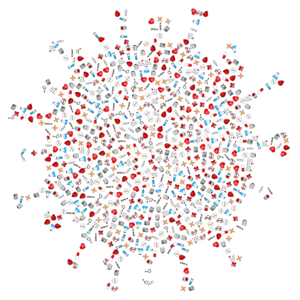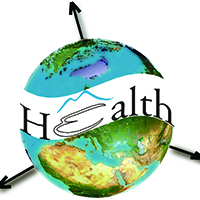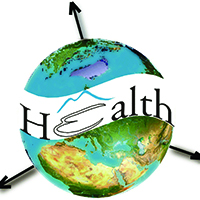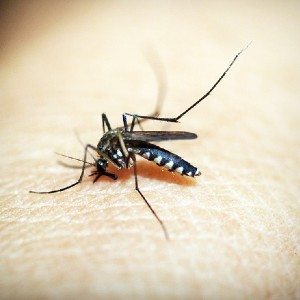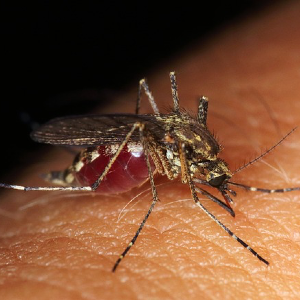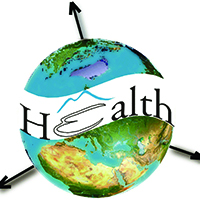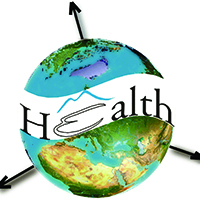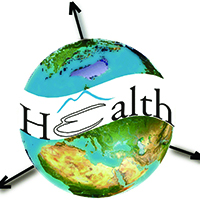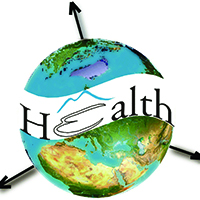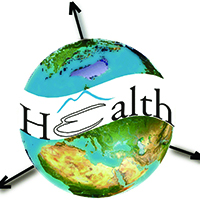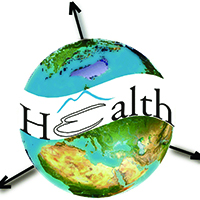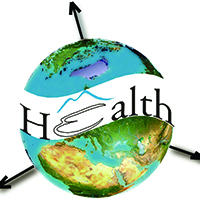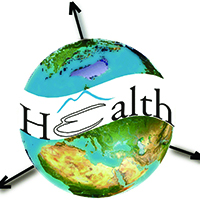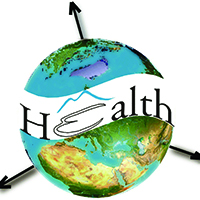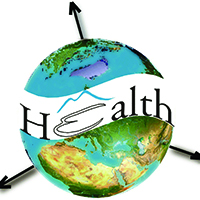FOR AUTHORS
Search
Search Results
##search.searchResults.foundPlural##
-
Spatial air pollution modelling for a West-African town
3565PDF: 1556SUPPL. MATERIAL: 418HTML: 1079 -
Socioeconomic determinants of pandemics: a spatial methodological approach with evidence from COVID-19 in Nice, France
433PDF: 121Supplementary materials: 36HTML: 7 -
Prediction of dengue cases using the attention-based long short-term memory (LSTM) approach
2011PDF: 966Supplementary Materials: 152HTML: 62 -
Assessing spatial patterns of HIV prevalence and interventions in semi-urban settings in South Africa. Implications for spatially targeted interventions
2017PDF: 508Supplementary 1: 111Supplementary 2: 273HTML: 149 -
Associations between rocky mountain spotted fever and veterinary care access, climatic factors and landscape in the State of Arizona, USA
596PDF: 241Supplementary Materials: 51HTML: 32 -
Estimating malaria burden in Nigeria: a geostatistical modelling approach
7151PDF: 2991HTML: 3252 -
Spatial-temporal risk factors in the occurrence of rabies in Mexico
4079PDF: 1195HTML: 918 -
Mapping livestock systems, bovine and caprine diseases in Mayo-Kebbi Ouest Province, Chad
3300PDF: 1076Supplementary Materials: 573HTML: 189 -
Diagnostic approaches to malaria in Zambia, 2009-2014
3462PDF: 1336HTML: 1162 -
The effects of population mobility on Chinese HIV epidemics in spill-over and influx risks perspectives: a spatial epidemiology analysis
430PDF: 97Supplementary materials: 30HTML: 7 -
Moran’s I and Geary’s C: investigation of the effects of spatial weight matrices for assessing the distribution of infectious diseases
1519PDF: 436Supplementary materials: 148HTML: 103
1 - 61 of 61 items





